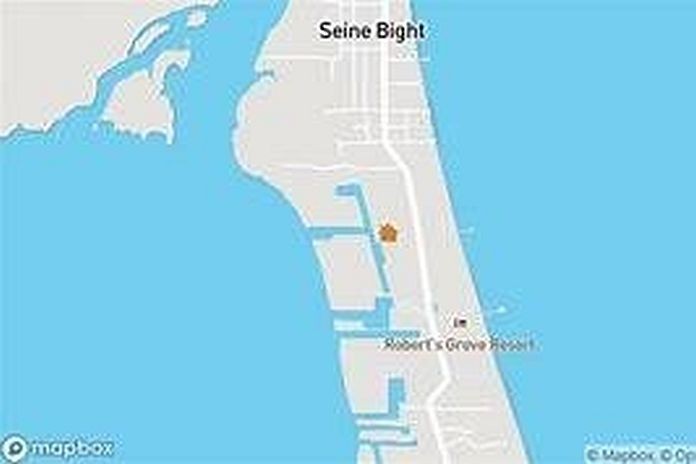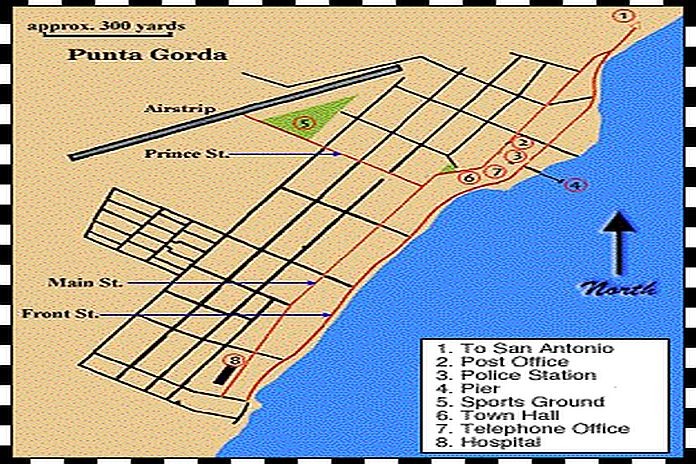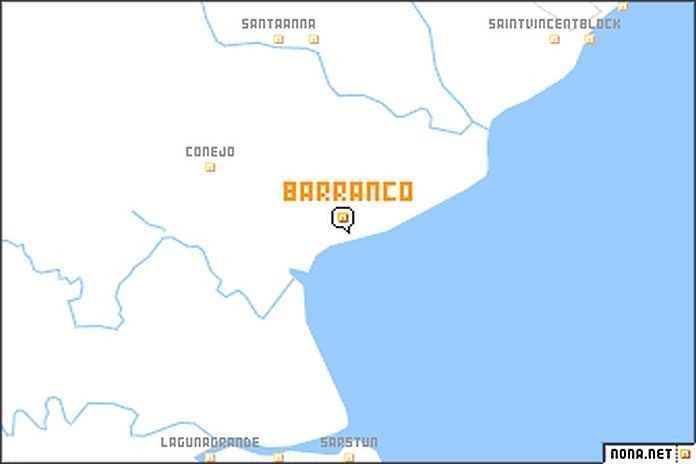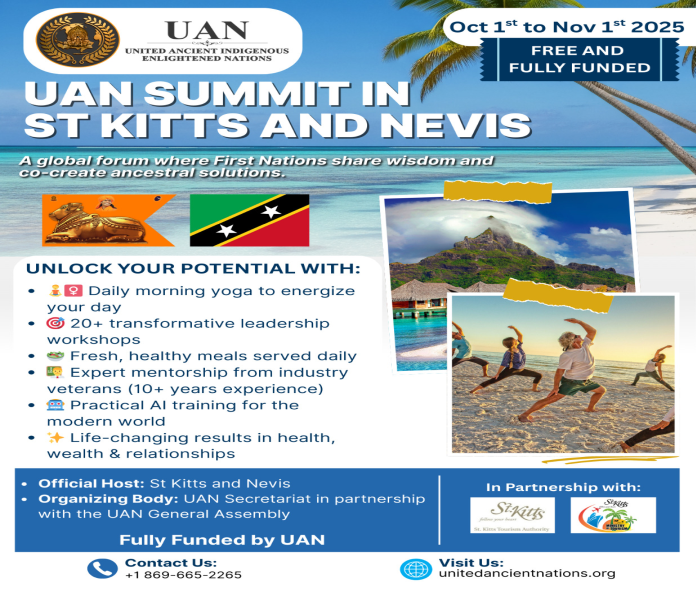By Wellington C. Ramos
Centuries before the Spanish, French and British attempted to invade and take over the Garifuna homeland; Yurumein, they fought against these colonial countries in defense of their nation state. In 1796 the British won the war against the Garifuna people and removed them from their homeland Saint Vincent to the isolated island of Baliceaux. On that island, many of the Garifuna people were tortured, killed and buried.
It is being reported that about 5,000 Garifuna people were taken to the island and only about 2,500 of those people survived the genocide that took place on the island. It was also discovered recently that about 3,000 Garifuna men and women who revolted on the island after they were imprisoned, were shot and killed in cold blood by the British troops.
Under International Law, ILO-169, UNDRIP, Treaties, Conventions, Charters and other International Agreements, it is unlawful for any government to use, lease or grant title to Indigenous Peoples’ Lands, without their written consent and approval. Yet, the countries of Saint Vincent and the Grenadines, Honduras, Guatemala and Belize ‘continue to violate the human rights of the Garifuna people at will’.
In Belize, there are currently land problems with the Garifuna lands in Barranco, Punta Gorda and Seine Bight. This is only the beginning of more land problems that will emerge if the Garifuna people, do not come together as one people to take their land issue to the Belize Supreme Court.
The Garifuna people were dumped on the island of Roatan by the British on April 12, 1797. They did not like this island and began migrating to the mainland of Honduras, the countries we know as Belize, Nicaragua and Guatemala today.
In Saint Vincent and Belize, the British granted Crown Lands to the Garifuna people to live autonomously by themselves separate from the other ethnic groups in these two countries. The British did not want their African slaves to have any contact with the Garifuna people because they feared they would encourage slave rebellions. Spain also granted lands to the Garifuna people living in Trujillo, Honduras and Nicaragua, for fighting with them against the British.
Some of these Garifuna people were moving from Honduras and Belize to Labuga (Livingston). The Garifuna people have been living in these countries autonomously since that time without the interference of the British and Spanish. The country we know as Belize today, did not become a colony of the British until 1862 which was about sixty or more years after the Garifuna people were living in the south. Belize was granted its independence on September 21, 1981, centuries after the Garifuna people have been living autonomously in the south. Under International Law the Garifuna and Maya people can exercise their rights to self-determination.
This is due to the fact that they have been living in the southwestern part of Belize autonomously on their own before Belize became a colony and Guatemala became a country. Spain and Guatemala have never occupied or had any physical administration over this region of Belize. Guatemala is claiming the same area where the Garifuna and Maya people have been living for centuries. It is in the best interest of the Belize government, to grant the Maya and Garifuna people their land rights because they will need their testimonies in the International Court of Justice (ICJ) to testify that Spain and Guatemala have never ever had any jurisdiction over that region.

Belize became a colony after the British signed a treaty with Guatemala in 1859, ceding the territory to them that they inherited from their mother country Spain and extending the border from the Sibun River to the Sarstoon River. Before this treaty being signed, the British only had permission by the Spanish, to cut logwood and mahogany from the Rio Hondo River to the Sibun River in the Treaty they signed with France in 1763. They were not allowed to exercise ownership of the territory or build any military bases on the land. The British had a law stating that no Garifuna person was allowed at the time to be seen in any area north of the Sibun River. If they were caught in that area, they would be subject to a fine or imprisonment or both.

From around 1802 the Garifuna people were living in the villages of; Gales Point, Mullins River, Dangriga, Youngtown, Hopkins, Seine Bight, Robinson Point, Monkey River, Punta Negra, Punta Gorda and Barranco. Not only were they living in these towns and villages but they were using the lands, cayes and environment to fishing, hunt and carry out all their customary cultural traditions.

The Garifuna people were also living in Saint Vincent and the Grenadines (1979), Honduras, Nicaragua and Guatemala before they declared themselves independent in 1821. During a Civil War in Honduras, the Garifuna people fought and were granted lands by the Honduran government for their contributions in the war. The Maya Land Rights case is a warning to the Garifuna people not to trust the governments of Belize. Since the ruling of the Belize Supreme Court in 2007 and the Caribbean Court of Justice (CCJ) ruling in 2012, both the PUP and UDP administrations have failed to comply with the Judgments of the courts.
Negotiating with a government that has failed to abide by a court order is like pouring water in a basket and expect it to remain in it.
Any government that is in contempt of a court order cannot classify itself as being democratic. It is now time for the National Garifuna Council (NGC) in Belize and the Garifuna Nation (GN), the international focused Garinagu organization to take their Land Rights issues to the courts to seek a judgment on their people’s behalf. The longer they wait, the more their people’s Human and Land Rights will be violated. The Garifuna people have always been a people who value land and died in defense of their nation state “Yurumein” now known as Saint Vincent and the Grenadines until they lost the war to the British in March of 1796.





